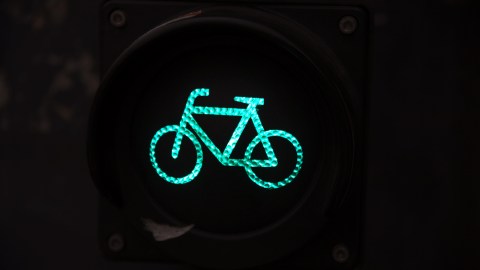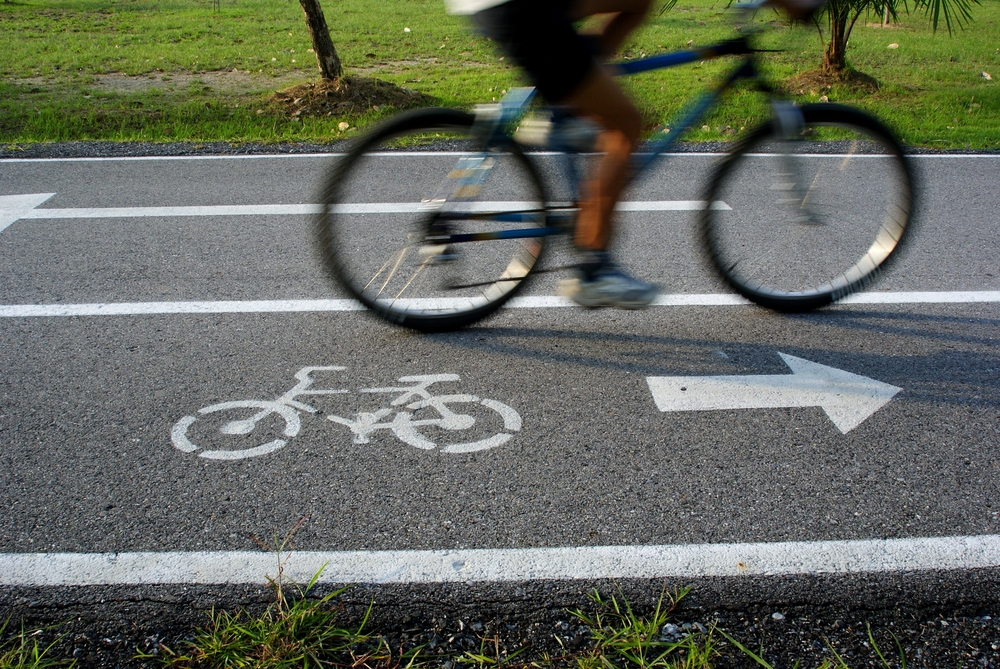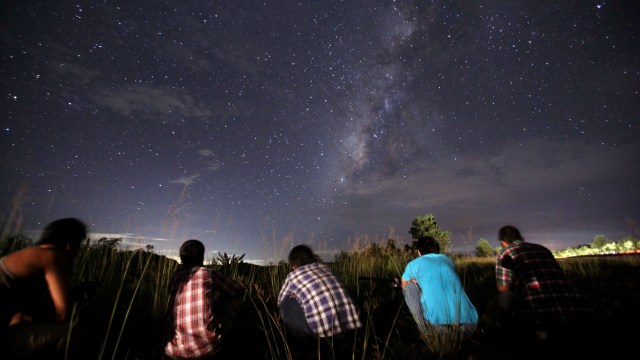If America Adopted This New Danish Bike Law, Drivers Would Absolutely Lose It

Aarhus, Denmark, is making some additions to its infrastructure to boost its cycling culture. The city is installing special tags at its traffic stops that allow its bicyclists to get the green light in favor of cars.
Cyclists are getting RFID tags they can pin to their wheels, and as they approach a light, the light will turn green, just for them. Meanwhile, cars at the opposing junction will be brought to a standstill by a red light.
If you’re sensing favoritism, you’re right. The device is part of a larger initiative to bring more cyclists into the inner city of Aarhus, Denmark’s second-largest city. Louise Overgaard, one of the people working on the project, said in an interview with Fast Co. “So it’s a good idea to make the way round the city better for the cyclists and maybe not that good for the cars.” It may be a bit of a passive-aggressive approach to push motorists out, compared to Oslo’s recent plan to out-right ban cars in its city by 2019.
However, this RFID system would be a welcome addition for cyclists across all cities, who, most of the time, have to break traffic laws as the weight of a bicycle and rider aren’t enough to trigger electromagnetic road coils. The system wouldn’t be difficult to install. Cities would just need to reconfigure their traffic lights to recognize the RFID chips, and the total cost is 40 percent less than the price to install road coils.
After all, a previous analysis has shown that “investments in cycling infrastructure and bike-friendly policies are economically sustainable and give high returns.”
Above and beyond traffic patterns, digital innovations are set to transform city living. Bill Mitchell, a member of the MIT Smart Cities research group, says cities won’t look like “some sort of science-fiction fantasy,” but it’s likely that technological advances and information overlays will change the way we live in significant ways.
***
Natalie has been writing professionally for about 6 years. After graduating from Ithaca College with a degree in Feature Writing, she snagged a job at PCMag.com where she had the opportunity to review all the latest consumer gadgets. Since then she has become a writer for hire, freelancing for various websites. In her spare time, you may find her riding her motorcycle, reading YA novels, hiking, or playing video games. Follow her on Twitter: @nat_schumaker
Photo Credit: Krists Luhaers/ Flickr



